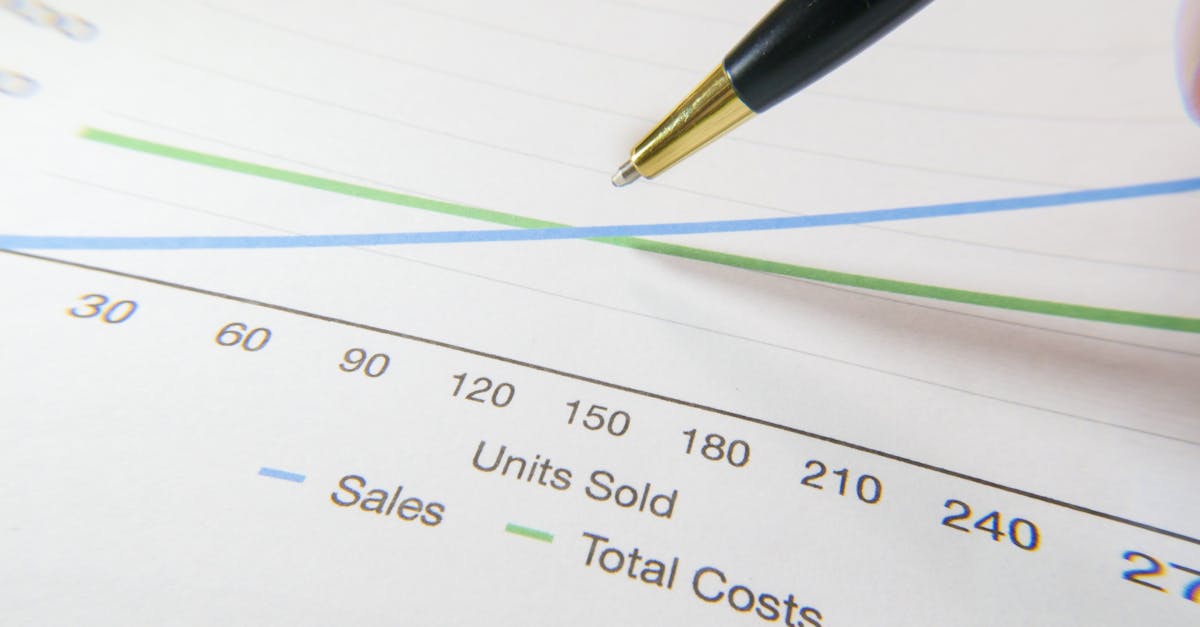In today’s fast-paced world, understanding economic trends is like trying to read a crystal ball—sometimes it’s clear, and other times, it’s just a foggy mess. Economic trends reveal the patterns and shifts that shape our financial landscape, guiding businesses and individuals alike in making savvy decisions. Whether it’s the rise of e-commerce or the decline of traditional retail, these trends can feel like a rollercoaster ride, leaving many wondering which way is up.
Table of Contents
ToggleWhat Is Economic Trends Definition?
Economic trends refer to patterns and shifts in economic indicators over time. These indicators include GDP growth, employment rates, inflation, and consumer spending. Identifying these trends helps analysts predict future economic performance and business opportunities.
Recognizing a trend often requires extensive data analysis. For example, when e-commerce sales continue to rise, they signal a fundamental shift in consumer behavior. Traditional retail locations face challenges, reinforcing the need for adaptation in business strategies.
Tracking economic trends involves monitoring various factors. These factors may include interest rates, stock market performance, and global trade dynamics. Experts utilize this data to assess overall economic health and investment potential.
Understanding short-term and long-term trends presents distinct challenges. Short-term trends can be influenced by seasonal changes or immediate events, whereas long-term trends reflect deeper societal changes. Businesses adapt accordingly to capitalize on these patterns.
The significance of economic trends extends beyond commerce. Governments also analyze these trends for policy-making decisions. For instance, rising unemployment rates might prompt stimulus measures to boost job creation.
Economic trends hold valuable insights for individuals too. Consumers can make informed decisions based on economic indicators, such as savings rates and housing market conditions. Staying updated on these trends enhances overall financial literacy.
Overall, economic trends provide a framework for interpreting the dynamic landscape. Analysts and entities interact with these trends to forecast potential outcomes.
Importance of Understanding Economic Trends
Understanding economic trends carries significant importance for various stakeholders. Its relevance spans business strategies, policy-making, and personal finance decisions.
Role in Business Decisions
Businesses rely on economic trends to inform their strategic choices. Observing shifts in consumer spending can indicate when to adjust inventory levels or invest in marketing. Analyzing GDP growth can help determine market entry opportunities or new product launches. Adapting to changes in inflation rates allows companies to manage costs and pricing effectively. For instance, a rise in e-commerce trends might lead retailers to enhance their online presence. Decision-makers who understand these trends create a competitive advantage in rapidly changing markets.
Impact on Policy Making
Economic trends influence government actions and policies significantly. Policymakers assess unemployment rates to gauge economic health and determine necessary stimulus measures. Rising inflation could prompt adjustments in interest rates to stabilize the economy. Analyzing global trade dynamics may lead to trade policy reforms to enhance competitiveness. Awareness of these trends aids governments in addressing economic challenges effectively. Overall, recognizing economic indicators enables authorities to implement timely interventions for sustained growth.
Types of Economic Trends
Economic trends can be categorized in several ways, influencing decisions across various sectors.
Short-Term vs Long-Term Trends
Short-term trends manifest over months or a few years, often influenced by seasonal patterns or temporary events. Businesses adapt rapidly by responding to these fluctuations, which can significantly impact inventory and marketing strategies. Long-term trends, however, develop over years or decades and indicate more profound structural changes in the economy. These trends reflect shifts in consumer behavior or demographic changes, providing essential insights for strategic planning. Understanding both types enables stakeholders to better navigate the economic landscape.
Leading, Lagging, and Coincident Indicators
Leading indicators predict future economic activity, offering early signals of potential trends. Stocks, housing permits, and consumer confidence often fall into this category, guiding proactive business decisions. Lagging indicators, such as unemployment rates and GDP growth, confirm trends after significant changes have occurred. They serve as checks for previously anticipated shifts, providing vital context for policymakers. Coincident indicators, like industrial production and retail sales, occur simultaneously with economic shifts, highlighting the current state of the economy. By analyzing these indicators, businesses and governments can make well-informed decisions.
Analyzing Economic Trends
Analyzing economic trends involves deep examination of various data sources and indicators. Reliable data sources include government reports, financial news, and industry surveys. Understanding economic indicators, such as GDP, employment rates, and inflation, plays a crucial role in recognizing trends. These indicators provide a snapshot of economic health, informing analysis and decision-making.
Data Sources and Indicators
Economic analysis depends heavily on credible data sources. Government agencies like the Bureau of Economic Analysis (BEA) and the Bureau of Labor Statistics (BLS) publish comprehensive reports. Financial institutions often release data that includes market insights and consumer behavior patterns. Through the lens of economic indicators, analysts examine leading indicators, which forecast future activity, and lagging indicators, which confirm changes that have already occurred. Coincident indicators offer real-time insights, making reports essential for businesses seeking informed strategies.
Tools for Trend Analysis
Various tools facilitate effective trend analysis. Econometric software aids in modeling and forecasting, allowing analysts to analyze data comprehensively. Spreadsheet programs, such as Excel, enable users to visualize trends through graphs and charts. Business intelligence platforms aggregate data, providing dashboards for quick insights. Analysts rely on these tools to interpret complex data sets, monitor trends, and support strategic decisions that align with economic shifts.
Understanding economic trends is essential for navigating today’s complex financial landscape. By recognizing patterns in economic indicators, businesses and individuals can make informed decisions that align with shifting market dynamics. The analysis of these trends not only aids in strategic planning but also enhances responsiveness to changes in consumer behavior and broader economic conditions.
As the economy continues to evolve, staying attuned to these trends will empower stakeholders to adapt effectively and seize opportunities. Whether it’s through adjusting business strategies or making personal finance decisions, a solid grasp of economic trends proves invaluable in fostering resilience and growth in an ever-changing environment.



